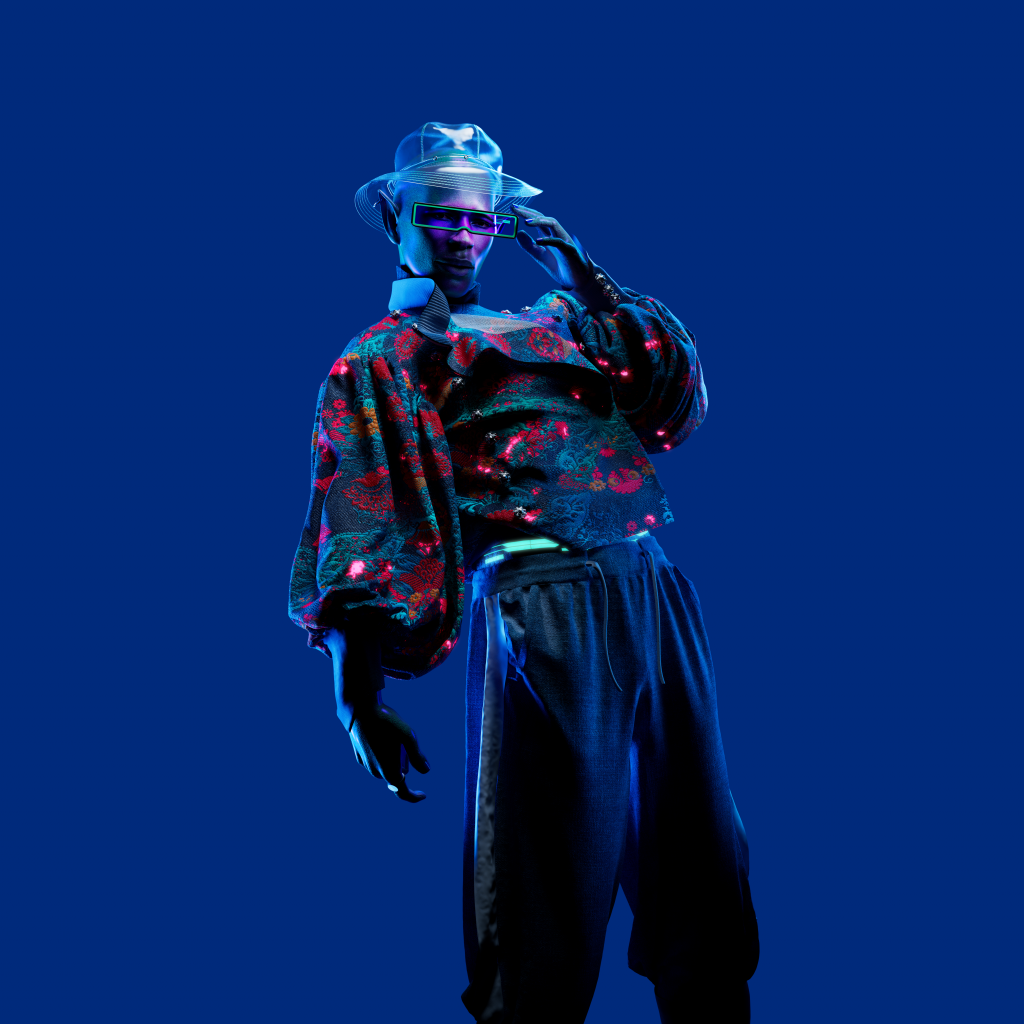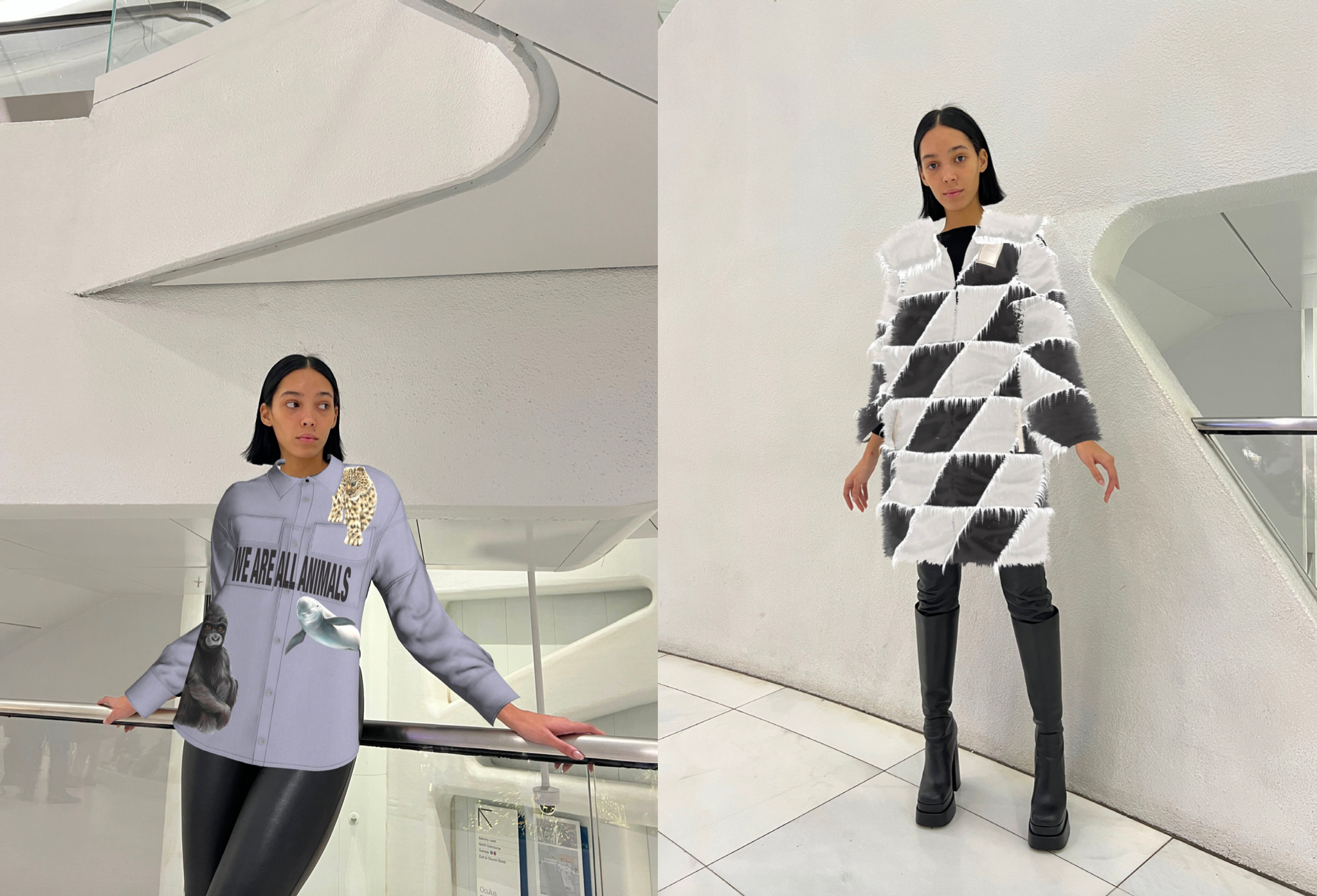Metaverse and Web3 hype last year saw BlackPink host concerts in virtual stadiums and Tiffany launch 50,000 cryptopunk-inspired pendants. Yet, three months into 2023, the widely prophesied new digital world has hit a lull. Digital fashion has been impacted as a result.
“We’ve certainly noticed that speculation has dialed down, and that people are participating less,” Adriana Hoppenbrouwer, co-founder and CMO of digital fashion house The Fabricant, tells Jing Daily.
To counteract this decline in interest, brands like The Fabricant, Zero10 and The Institute of Digital Fashion (IoDF), are moving away from metaverse stereotypes to explore new ways of using the technology. Meanwhile, some digital platforms are working to move their positioning beyond tropes like the crypto bro, a male cryptocurrency enthusiast, to expand the metaverse’s appeal.
It’s a realignment that could see the birth of an entirely new industry.
Hype dissipates#
Scandals such as the collapse of cryptocurrency exchange FTX in November 2022 and plunging crypto prices have tarnished Web3 and the metaverse’s shine.
Between December 2022 and January this year, Google Trends reported an over-80 percent decrease in searches for the term metaverse. Media outlets have since predicted that tech leaders like Mark Zuckerberg who touted the bright future of Web3 are on the brink of burying their virtual roadmaps – Meta’s metaverse division Reality Labs lost 3.7 billion in the last quarter of 2022.
Interest in the online realm had spiked thanks in part to the shuttering of brick-and-mortar stores during COVID-19 restrictions, which prompted brands to reconsider how to engage their audiences. As a result, digital fashion surged, a development that helped propel businesses like The Fabricant to the forefront of the industry.

“When COVID-19 hit, the demand for new experiences was super high. We started off by building digital showrooms and helping brands digitize their processes. Then we decided to create a product that would allow everybody to wear and create digital fashion,” says Hoppenbrouwer.
Redefining the virtual space#
Now, with interest having waned, brands are looking at ways to inject renewed vigor into their Web3 and the metaverse offerings. One avenue is demystifying the tech, especially the related jargon, and making it more accessible.
“We want to create a business model for the masses, not for the niche,” Hoppenbrouwer says.
“We deliberately don’t use any of the traditional Web3 language on our website, because we don’t want to exclude anyone that doesn’t understand it,” she adds.
Similarly, Zero10 and IoDF also avoid the overuse of metaverse lexicon, instead favoring terminology such as “tech-forward”, “AR-solutions”, and “digital collectibles” in their content.
Hoppenbrouwer believes that, like with Web2, simpler language will eventually become ingrained.
“We don’t say ‘oh I'm going to open an HTML page,’ when we’re talking about visiting a website,” she says.
Seamlessness and approachability are the watchwords when it comes to selling virtual assets like The Fabricant’s. The platform specializes in AR-powered accessories, as well as customizable digital garments.

“We introduced credit card payments, which was a big unlock as we saw over 70 percent of transactions take place this way,” says Hoppenbrouwer. “Also, our wallet system is just a case of putting in your email, so it feels almost exactly like your traditional e-commerce shopping.”
Natural progression#
Rather than seeing the recent dip in interest as a red flag, Hoppenbrouwer considers it one stage in the tech’s maturation process.
“It's a natural cleanup, and it's needed. There's always going to be this concept of scarcity and abundance, because it determines value. But we really feel that people are wanting to build digital fashion wardrobes and to really wear them. In order to do that, it needs to be accessible, with accessible price points,” she says.
The Fabricant is tapping younger tastemakers and their cultural capital to increase exposure and relevance. For instance, it recently collaborated with Iranian-Dutch singer and songwriter Sevda Alizadeh, known as Sevdaliza, on a series of virtual facewear dubbed 'XXories' — the first drop from its new Wholeland self-expression series, which launched late last year.
Mutually beneficial relationships like these have enabled The Fabricant to create cult status for itself and tap into loyal and active audience bases. The brand’s current demographic comprises around 30 percent creators, 30 percent investors, and 30 percent fashion fanatics.

The marketplace is also empowering its consumers through loyalty schemes. Each wearable from the Wholeland collection acts as a key that unlocks access to future collections and activations, providing purchasers with unique benefits and privileges in the virtual space.
While some observers remain skeptical, incentivized experiences and reward systems like these, in tandem with simpler language and improved accessibility, could unlock the tech’s next stage of development in fashion.
Eye on the prize#
Web3 and the metaverse’s future may be far from certain, but they remain too big of a prospect to ignore. Even with its recent setbacks, global management firm McKinsey & Co forecasts that the metaverse is still on track to generate upwards of 4 trillion in value by 2030.
Upending the status quo of an industry like fashion is bound to meet with resistance. But The Fabricant is charging on, and its success would likely spawn other digital-native startups that believe in the same future.
As Hoppenbrouwer says, Web3 isn’t over, it’s simply going through a process of “finding steady ground."


